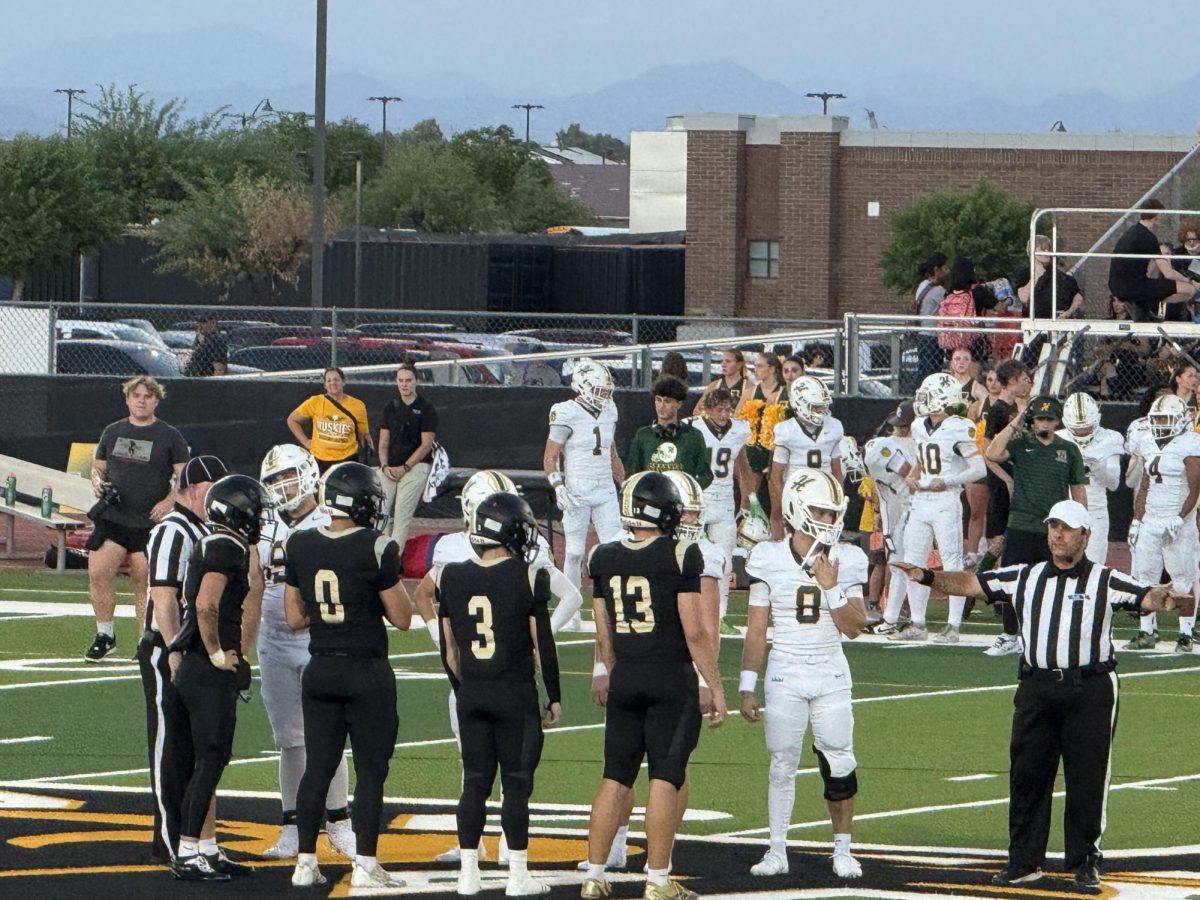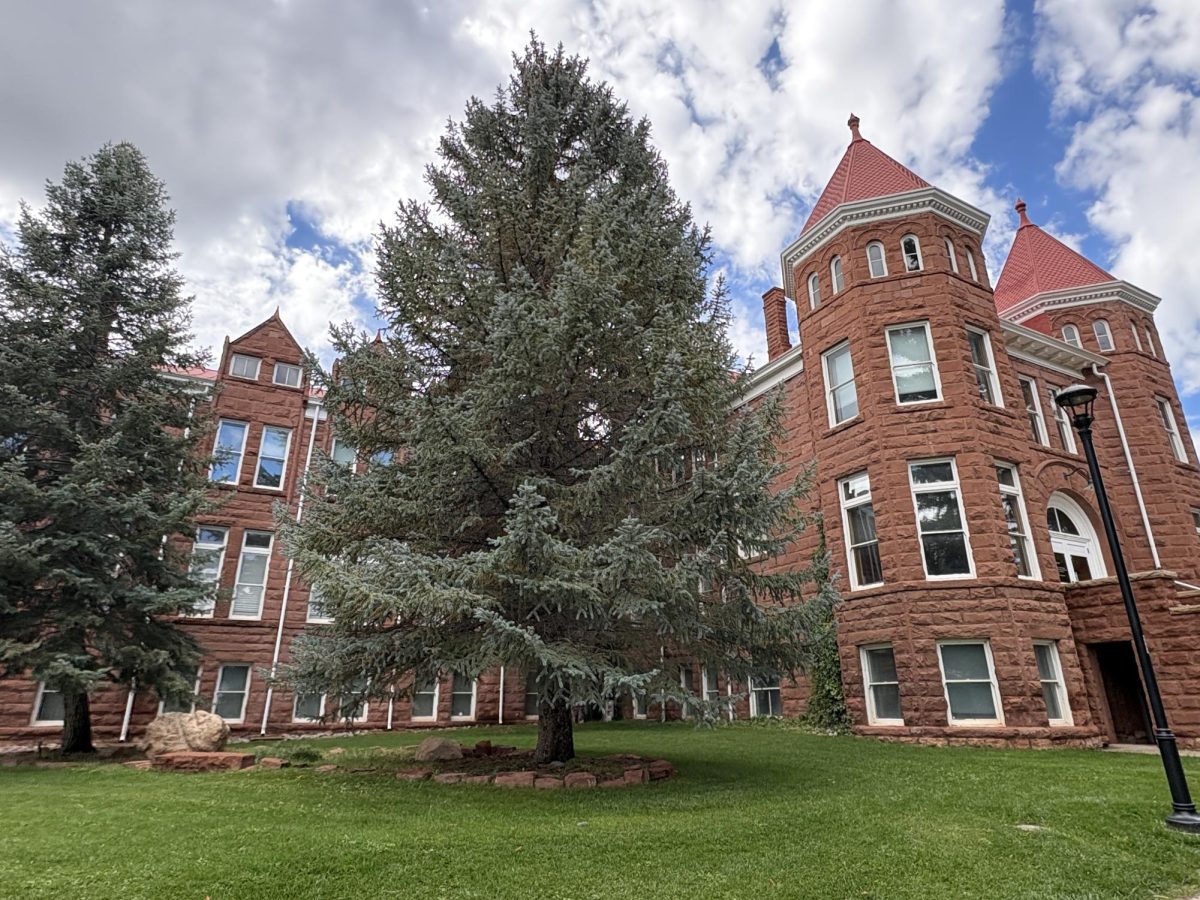As the calendar transitions between late October and early November, an exciting meeting of cultural celebrations occurs. With Halloween and The Day of the Dead in close succession, it is important to remember the truth of a common misconception: The Day of the Dead is NOT Mexican Halloween! You might wonder how different these two occasions can be, especially when they share elements like ghosts, skeletons, and sweet treats. Well, on a fundamental level, they are both very different.
Halloween has its origins in ancient Celtic culture, specifically in their celebration of harvest, Samhain. The Celts considered this time of the year the beginning of the “dark” season. This darkness symbolizes the start of shorter days, the hibernation of animals, and the increased challenge of growing food as winter approaches.
What set Samhain apart from other Celtic festivals was the belief that the “veil” separating the spirit world and the living world was especially thin during this time. The Celts believed that evil spirits from other planes could cross into our world. To protect themselves they lit bonfires and created Jack-o’-Lanterns. Later Costumes were worn to confuse malevolent spirits and hide the identity of troublemakers, eventually giving birth to the tradition of dressing up on Halloween,

As the influence of the Catholic Church grew in Europe, it found a way to incorporate Samhain into its religious practice as a recruitment campaign. To help this transition along, November 1st was called “All Saints Day” a day dedicated to remembering the deceased saints, martyrs, and children. The evening before adopted the moniker “All Hallow’s Eve”, eventually evolving into Halloween. This allowed the Church to maintain some of the ancient customs of Europe while giving them more religious significance.
In comparison, The Day of the Dead, or “Dia de los Muertos” in Spanish, has its roots in the Mesoamerican Indigenous People’s culture. In stark contrast to Halloween, this holiday is not meant to be spooky or frightening at all. Instead, it is meant to be a vibrant and joy-filled celebration of life, a way to remember and honor departed ancestors and loved ones.
The essence of The Day of the Dead is to remember and celebrate the lives of those who have passed away. Families set up ofrendas, or alters, decorated with pictures, candles, marigold flowers, and the favorite foods and drinks of departed relatives. These offerings are meant to welcome the spirits of the deceased back to the world of the living for a brief visit. In fact, this very School has had a tradition of creating displays in B-Wing, showcasing these beautiful alters.
Unlike the eerie costumes of Halloween, people during The Day of the Dead paint their faces to resemble skulls. These colorful skull designs symbolize the cycle of life and death, emphasizing the interconnectedness of these two aspects. Families gather at cemeteries to clean and decorate graves, often bringing music, food, and drinks to share in a communal celebration of their ancestor’s lives.
One common misconception about The Day of the Dead is that it is a Mexican Halloween, filled with fright and fear. In reality, it is a celebration of love, memories, and a deep connection to one’s heritage. The colorful sugar skulls and vibrant decorations may look similar to Halloween imagery, but their meanings are entirely different.

While Halloween and The Day of the Dead may share some superficial similarities, they are fundamentally different in their origins, symbolism, and cultural importance. Halloween traces its roots to Celtic harvest festivals and a belief in a thinning veil. The Day of the Dead is a Mexican tradition that celebrates life and pays homage to ancestors, Understanding these differences not only spurs cultural appreciation but also helps dispel misconceptions, reminding us of the beauty of the diversity of cultural traditions. The next time that this time of the year rolls around, remember that The Day of the Dead is NOT Mexican Halloween!





































